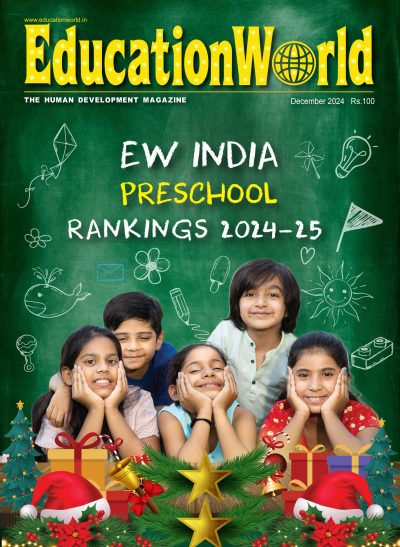By Prof. Dishan Kamdar, Vice Chancellor, FLAME University
In today’s world, students are required to thrive in a hyper-competitive landscape and be adequately equipped to respond to the demands of the rapidly changing world around us. In this context, interdisciplinary education is just the right medium to help them broaden their horizons of learning and maximize their academic experience.
This approach to education promotes distinctive and unrestrictive learning. It encourages students to study and research topics that interest them from a variety of angles and multi-disciplinary perspectives through a combination of classroom and out-of-classroom activities. Students also get the opportunity to explore several disciplines even as they specialize in one of their choices and maximize their knowledge. The diversity of choice available in courses for major and minor specializations benefits students immensely as it prepares them to pursue a variety of careers.
Solving problems through interdisciplinary learning
Millennial students are dynamic and possess the ability to make decisions that can shape their futures most compellingly. The interdisciplinary approach ignites the flames of creativity, critical thinking, acceptance of divergent mindsets, social responsiveness, and several other skills. Several Indian and global universities today offer an interdisciplinary approach that ensures they are exposed to new and diverse disciplines and concepts. Students can select from a variety of subject combinations that allow them to draw knowledge from a variety of concepts, disciplines, and perspectives to solve multifaceted problems.
Moreover, interdisciplinary learning lays the foundation for an entrepreneurial spirit amongst students since it pushes them to be enablers and thinkers. The tools and techniques of interdisciplinary learning include an array of interactive elements like role-plays, presentations, case studies, audio-visual aids, debates, and open dialogues that fuel creativity and imagination. The idea is to provide youngsters with a vibrant environment to branch out and expand their avenues of learning. This form of learning helps them to imbibe, comprehend, and cross-pollinate ideas across different disciplines for an in-depth and clarified understanding of a subject.
Unlike traditional pedagogy, which conforms students to a fixed curriculum, this approach is designed to help students build a holistic knowledge of the discipline. The process strips learners off their comfort zone and lets them pass through the process of research and problem-solving that ultimately prepares them for a rigorous worldview.
Transforming higher education in India
Concurrently, the National Education Policy (NEP, 2020) has laid the foundation for some bold reforms that have encapsulated the interdisciplinary approach, transforming the way India perceives education. Furthermore, the University Grants Commission (UGC) has drafted guidelines to incorporate elements of the interdisciplinary medium of instruction in higher education institutes. For example, engineering students will be taught humanities and vice versa, resulting in a more well-rounded education for all.
The implementation of these recommendations is expected to significantly influence the future and serve as a catalyst to the Indian higher education system. In the interim, the NEP guidelines will identify a systematic intervention that will integrate the changes into the entire value chain of education and establish smooth collaboration across disciplines.
Ensuring excellence in teaching and learning
Faculty are the backbone of any educational institution, and interdisciplinary educational institutions are no exception. The presence of a high-caliber faculty pool is a crucial requirement for ensuring excellence in teaching and research. Further, establishing a culture of research and encouraging faculty to publish their findings benefits institutions in two ways: first, it leads to the creation of new knowledge, and second, it allows faculty to incorporate cutting-edge findings and learnings into the classroom, allowing students to gain knowledge from current, real-world situations. Institutions must also consider faculty arrangements creatively so that students enjoy considerable freedom in designing their higher education pathways. However, the challenge will be to recruit an adequate number of faculty members with excellent teaching and research credentials across various disciplines.
The current focus on promoting interdisciplinary education is a remarkable initiative that will encourage our youth immensely. It will develop them into leaders with the capacity to make significant contributions and affect change in their respective fields. I envision a very important role for our education institutions in shaping the future of our next generation and grooming them into changemakers of tomorrow.
Also Read: Planning to Study Abroad? Know the importance of diversity and inclusion


















